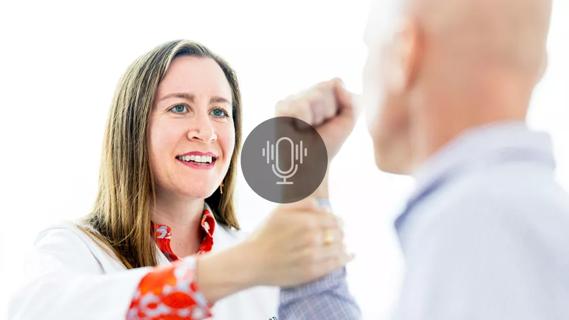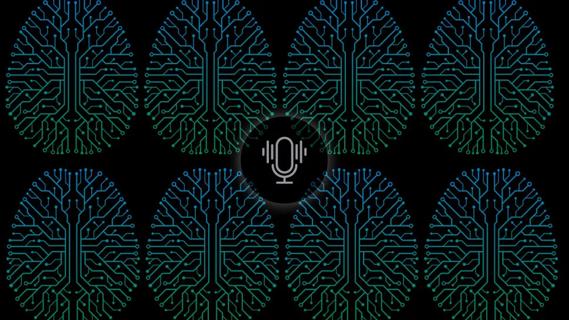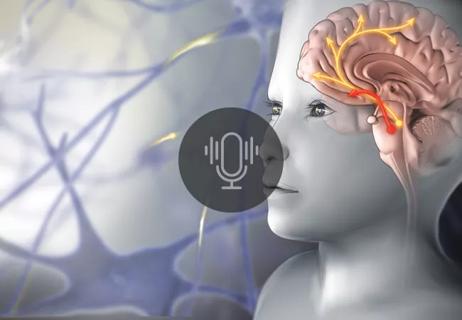Advertisement
Aim is to match outcomes of inpatient rehab at greater convenience and lower cost
Cleveland Clinic recently launched high-intensity, at-home rehabilitation for patients following stroke. Known as Home Care Plus, the model involves physical, occupational and speech therapy as well as nursing and custodial services.
Advertisement
Cleveland Clinic is a non-profit academic medical center. Advertising on our site helps support our mission. We do not endorse non-Cleveland Clinic products or services. Policy
“The catalyst was to identify some opportunity to help patients get home in their own environment, where most prefer to be anyway, in a way that is cost-effective while still providing rehabilitation and other services needed for recovery after discharge,” says Joshua Johnson, PT, DPT, PhD, Director of Outcome Research in Cleveland Clinic’s Department of Physical Medicine and Rehabilitation.
Dr. Johnson received a five-year grant from the federal Agency for Healthcare Research and Quality to evaluate the Home Care Plus model. In the most recent episode of Cleveland Clinic’s Neuro Pathways podcast, he shares what has been learned about the model’s effectiveness so far and how it might evolve. Dr. Johnson discusses:
Advertisement
Click the podcast player above to listen to the 21-minute episode now, or read on for a short edited excerpt. Check out more Neuro Pathways episodes at clevelandclinic.org/neuropodcast or wherever you get your podcasts.
This activity has been approved for AMA PRA Category 1 Credit™. After listening to the podcast, you can claim your credit here.
Podcast host Glen Stevens, DO, PhD: Are there any initial results you’re seeing regarding the effectiveness of this model, or is it too early?
Dr. Johnson: At this point we have done mostly descriptive analyses. In general, however, patients are doing well. These patients are discharged from the hospital at a functional level that would be consistent with having difficulty walking down a hallway, for example. But by the time they are done with this program, which has lasted an average of about 19 days for the entire home care episode, patients are at a point where they not only can walk down a hallway but can start to navigate an outdoor environment a bit better.
What we are eager to do is then compare and contrast those outcomes relative to patients who go to an inpatient rehabilitation facility so that we can understand whether the outcomes are at least as good, within the same general time frame, for these patients going home. Again, we are aiming to give patients an opportunity to heal in their own environment if that is what they’re interested in. And if it is shown that their outcomes are the same at home as in an inpatient rehabilitation facility, then that represents higher-value care. That is really what we’re after.
Advertisement

Insights on the decision process for selecting a treatment approach

New oncologic rehab program is tailored to managing the effects of cancer and its treatments

Determining the right dose and injecting in the right muscle can be challenging

New research sheds light on a potentially devastating condition that is reversible when properly managed

Testing options and therapies are expanding for this poorly understood sleep disorder

Neurology is especially well positioned for opportunities to enhance clinical care and medical training

How functional restoration can help children with these conditions marked by unexplained pain with stigmatized symptoms

Despite advancements, care for this rare autoimmune disease is too complex to go it alone